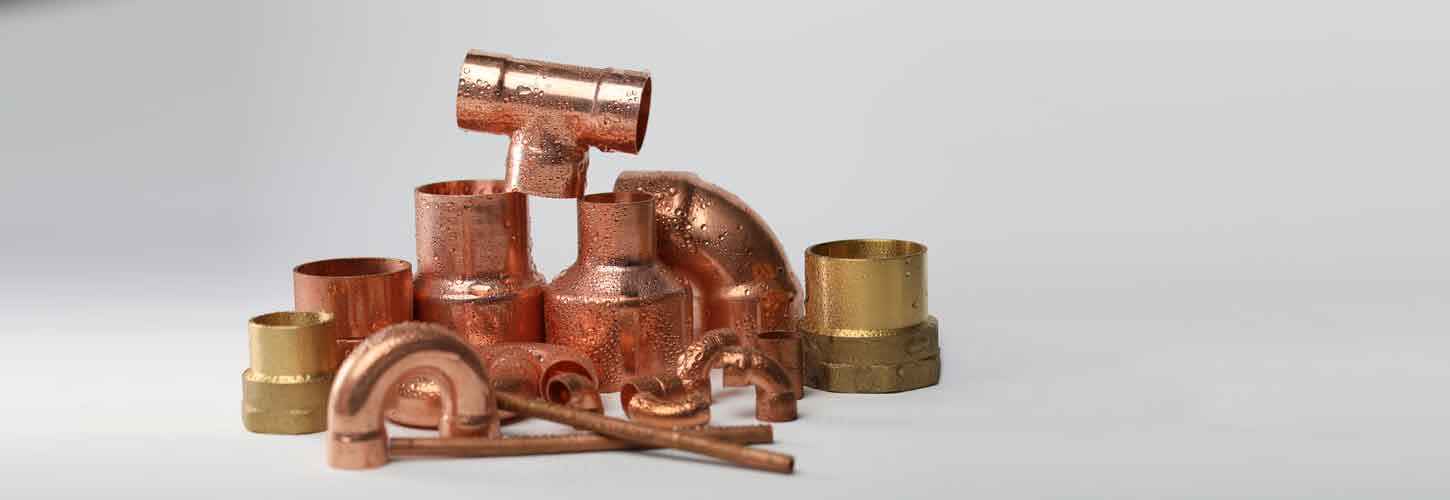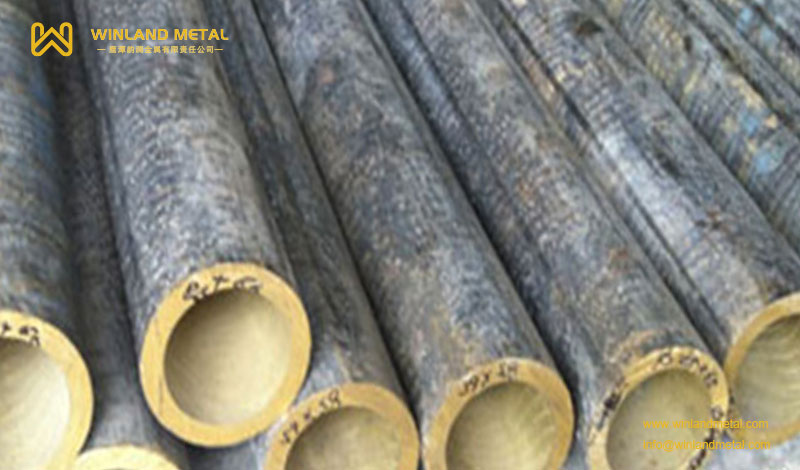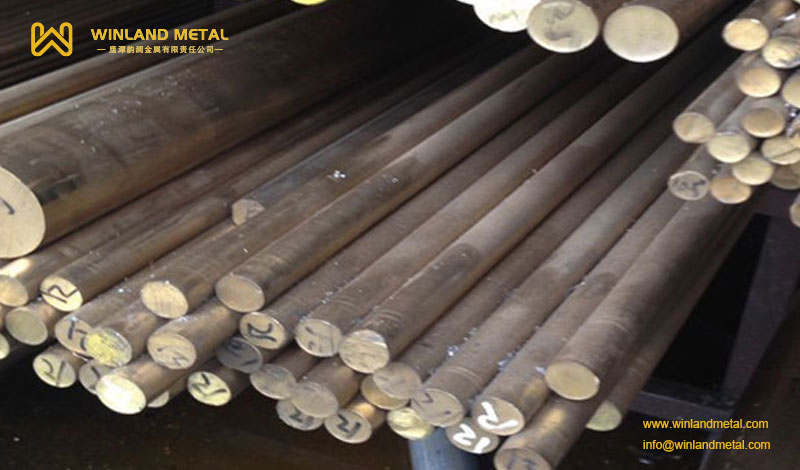What is tin bronze?

Tin bronze is bronze with tin as the main alloying element. The tin content is generally between 3 and 14%. It is mainly used to make elastic elements and wear-resistant parts.
The tin content of wrought tin bronze does not exceed 8%, and sometimes phosphorus, lead, zinc and other elements are added. Phosphorus is a good deoxidizer and can also improve fluidity and wear resistance.
Adding lead to tin bronze can improve machinability and wear resistance, and adding zinc can improve casting performance. This alloy has high mechanical properties, anti-wear properties and corrosion resistance, easy cutting processing, good brazing and welding properties, small shrinkage coefficient, and non-magnetic. Tin bronze has high strength, corrosion resistance and excellent casting properties, and has been widely used in various industrial sectors for a long time.
Bronze history
As early as 3000 BC, people began to manufacture and use copper. However, objects made of copper smelting are too soft, bend easily, and quickly become dull. Then it was discovered that tin was mixed into copper to make a copper-tin alloy-bronze.
Bronze devices are much easier to smelt and make than pure copper, and harder than pure copper (if the hardness of tin is set to 5, then the hardness of copper is 30, and the hardness of bronze is 100 to 150), which is called this in history The period is the Bronze Age.
The work of the Warring States Period in China, "Zhou Li·Dongguan·Guren" summarized the experience of smelting bronze, telling the different proportions of copper and tin used in various bronze castings. This shows that more than 3,000 years ago, Chinese working people have realized that bronzes with different purposes require different properties, and the proportions of metal components used to cast bronzes should also be different.
Bronze is hard, easy to melt, can be cast well, and is stable in the air, so even in the Iron Age after the Bronze Age, it did not lose its use value. For example, about 280 BC, the bronze sun god standing in the port of Rhodes on the island of Rhodes in the European Aegean Sea was 46 meters high and its fingers were taller than an adult's height.
Tin bronze classification
Industrial tin bronze Tin bronze is an important copper alloy used in industry. In order to improve its casting, mechanical and wear resistance properties, and save tin, alloy elements such as phosphorus, zinc, lead, etc. are added to tin bronze. Therefore, tin bronze can be divided into three types: tin-phosphorus bronze, tin-zinc bronze and tin-zinc-lead.
Tin phosphor bronze
Phosphorus is a good deoxidizer for copper alloys, which can increase the fluidity of the alloy, improve the process and mechanical properties of tin bronze, but increase the degree of reverse segregation.
The ultimate solubility of phosphorus in tin bronze is 0.15%. When it is too much, a+δ+Cu3P ternary eutectic will be formed, with a melting point of 628℃. It is easy to produce hot brittleness during hot rolling and can only be cold worked. Therefore, the phosphorus content in the deformed tin bronze should not be greater than 0.5%, and the phosphorus should be less than 0.25% during hot working.
Phosphorus-containing tin bronze is a well-known elastic material. During processing, it is necessary to control the grain size before cold working and low temperature annealing after processing. The strength, elastic modulus and fatigue strength of fine-grain processed materials are higher than those of coarse-grain processed materials, but the plasticity is lower. The cold-worked material is annealed at a low temperature of 200-260°C for 1 to 2 hours to produce an annealing hardening effect, which can further improve the strength, plasticity, elastic limit and elastic modulus of the product, and increase the stability of elasticity.
A total of 4 grades of phosphorous tin bronze have been included in China's national standards.
QSn6.5-0.1 alloy is mainly used to make elastic elements, especially spring contact sheets with good electrical conductivity, wear-resistant parts and antimagnetic elements in instruments and meters, etc.;
Qsn6.5-0.4 alloy is mainly used in papermaking, chemical and food industries to make metal meshes, and also used to make wear-resistant and spring parts;
QSn7-0.2 alloy is used for parts that bear friction under medium load and sliding speed, such as bearings, bushings, turbines, etc., and can also be used to manufacture elastic components and other mechanical and electrical parts;
QSn4-0.3 alloy is used to produce various pipes in pressure gauges, as sensitive components, and is called pressure gauge bronze.
Tin zinc bronze
A large amount of zinc is dissolved in the copper-tin alloy, and the amount of zinc added in the wrought tin bronze is generally not more than 4%. Zinc can improve the fluidity of the alloy, narrow the crystallization temperature range, and reduce reverse segregation.
The tin-zinc bronze grade listed in the current Chinese national standard is QSn4-3, which has good elasticity, wear resistance and diamagnetism. It can be press processed in cold and hot conditions, is easy to weld and braze, and has good machinability. , It has good corrosion resistance in the atmosphere, fresh water and sea water. It is used for various elastic components and pipe fittings, chemical equipment, wear-resistant parts and anti-magnetic parts, etc.
Tin zinc lead bronze
Lead is not actually dissolved in the copper-tin alloy. It is distributed among the dendrites as single-phase, black inclusions. The distribution of lead in the ingot is not easy to be uniform, usually adding a small amount of nickel can improve its distribution and refine the structure. Lead reduces the friction coefficient of tin bronze, improves wear resistance and machinability, but slightly reduces mechanical properties.
3% to 5% of zinc is often added to the copper-tin-lead alloy to further improve the mechanical properties.
Adding 0.02%~0.1% zirconium or 0.02%~0.1% boron, especially adding 0.02%~0.2% rare earth elements can refine the lead particles and make them evenly distributed, so as to improve the structure, casting and mechanics of lead-containing tin bronze performance.
The tin-zinc-lead bronze listed in the current Chinese national standards has two grades, QSn4-4-2.5 and QSn4-4-4, which have high wear resistance and easy cutting processing. They are mainly used in the form of plates and strips for automobiles and tractors. , Aviation and machinery industry, manufacturing bushings and bearing pads, known as automobile bronze.
Application of tin bronze
Copper is a non-ferrous metal closely related to humans. It is widely used in electrical, light industry, machinery manufacturing, construction industry, national defense industry and other fields. It is second only to aluminum in the consumption of non-ferrous metal materials.
Tin bronze is a non-ferrous metal alloy with the smallest casting shrinkage rate. It is used to produce castings with complex shapes, clear contours and low air tightness requirements. Tin bronze is very resistant to corrosion in the atmosphere, sea water, fresh water and steam, and is widely used in steam boilers and marine ship parts. Phosphorus-containing tin bronze has good mechanical properties and can be used as wear-resistant parts and elastic parts of high-precision machine tools. Leaded tin bronze is often used as wear-resistant parts and sliding bearings. Zinc-tin bronze can be used as high-airtight castings.
Tin bronze is the most widely used and used in the electrical and electronic industries, accounting for more than half of the total consumption.
- Used for various cables and wires, motors and transformers, switches and printed circuit boards
- In the manufacture of machinery and transportation vehicles, it is used to manufacture industrial valves and accessories, meters, sliding bearings, molds, heat exchangers and pumps, etc.
- It is widely used in the chemical industry to manufacture vacuum vessels, distillation pots, brewing pots, etc.
- It is used in the defense industry to manufacture bullets, shells, gun parts, etc. For every 3 million bullets produced, 130-140 tons of copper are needed.
- In the construction industry, it is used as various pipes, pipe fittings, decorative devices, etc.


